Over the last couple of seasons, it has been hard to ignore the prototype shocks with batteries on some of FOX's top athletes' bikes at the Enduro and Downhill World Cups. The wait is finally over, and the latest iteration of FOX Live Valve technology is now available following the introduction of the NEO line of Transfer droppers. NEO marks the inaugural launch into wireless products for FOX, creating a platform for the wireless line of Live Valve shocks to exist within. Gone are the wired systems with propriety frame and fork integration in favor of widespread compatibility with the new system.
Highlights
- About 20 hrs of use for one battery
- Trail, all-mountain, gravity focus
- Compatible with any fork or crankset
- Single rechargeable battery
- "Shake to wake" function (no power button required)
- Float X air or DHX coil shock options
- Trunnion and standard eyelet options
- 55, 65, 75mm stroke options
- Tool-free external platform, compression, & rebound adjust
- LED battery life indicator
- Phone app tracks hours, service intervals, and gives access to Bike Park and Transport mode activation
- Weight: 689g (190x45 Float X) 605g (210x55 DHX w/o coil)
Pricing
- Live Valve NEO Float X MSRP: $999 USD / $1399 CAD / £1119 GBP* / € 1299 EUR*
- Live Valve NEO DHX MSRP: $949 USD / $1269 CAD / £1099 GBP* / € 1249 EUR*
- Live Valve NEO Kit (Fork and Rear Bump Sensors, Battery, Charger, Charger Cable) MSRP: $399 USD
- Neo Spare Battery MSRP: $79 USD / $106 CAD / €76.75 EUR (excl. VAT)
- Spare Charger and Cable MSRP: $49 USD / $69 CAD / €61.25 EUR (excl. VAT)
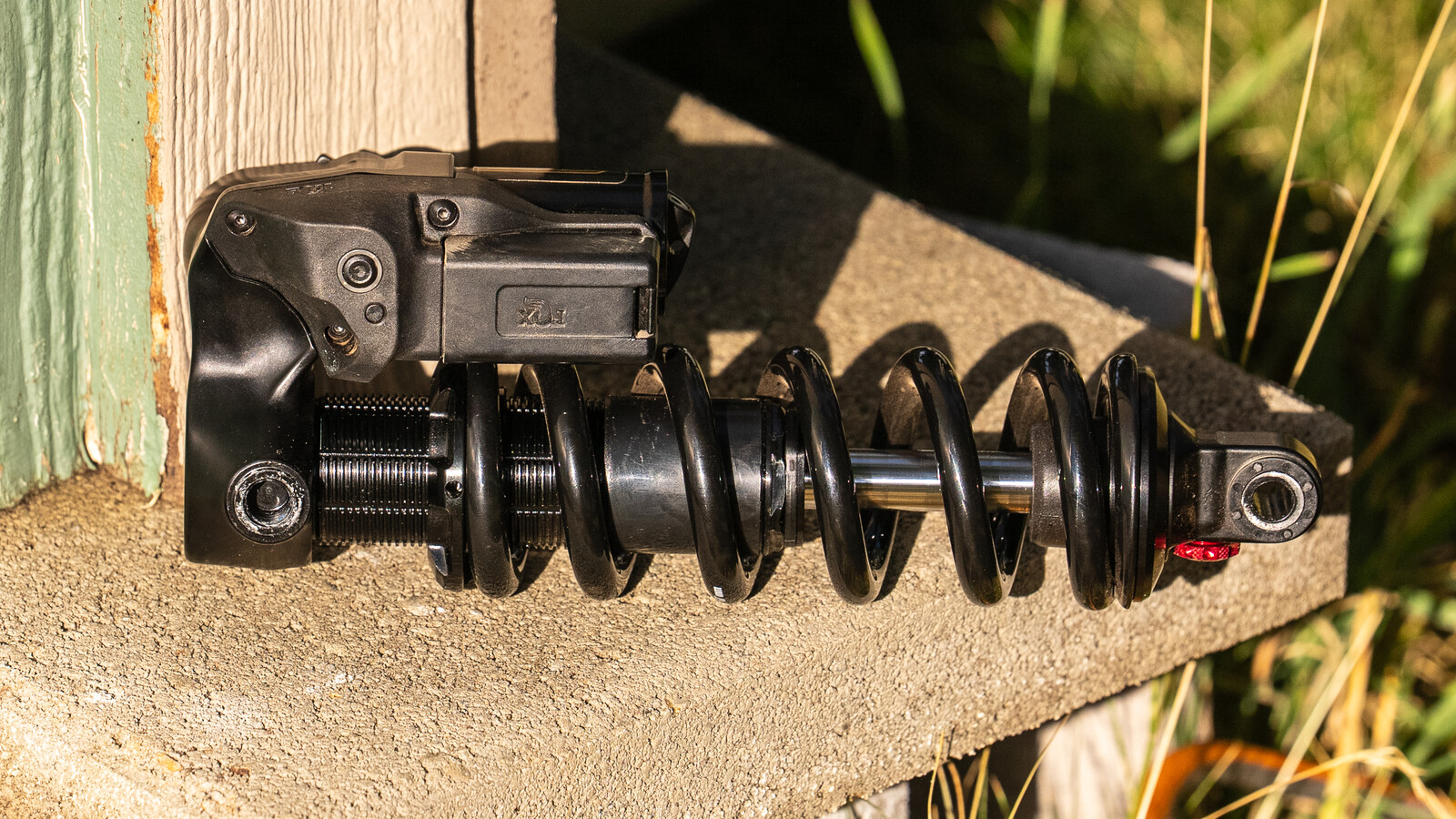
The NEO Live Valve system consists of a control module mounted to a modified version of a DHX coil or Float X shock, two caliper-mounted accelerometers, and an optional bar-mounted remote. This allows the system to be mounted to any frame or fork with post-mount brake tabs and enough clearance for the larger piggyback of the shock. A rechargeable battery with around 20 hours of use is mounted to the shock, and watch-style 2032 batteries are housed within the brake-mounted sensors. The system is run through the FOX Bike app for all system monitoring, updates, and adjustments.
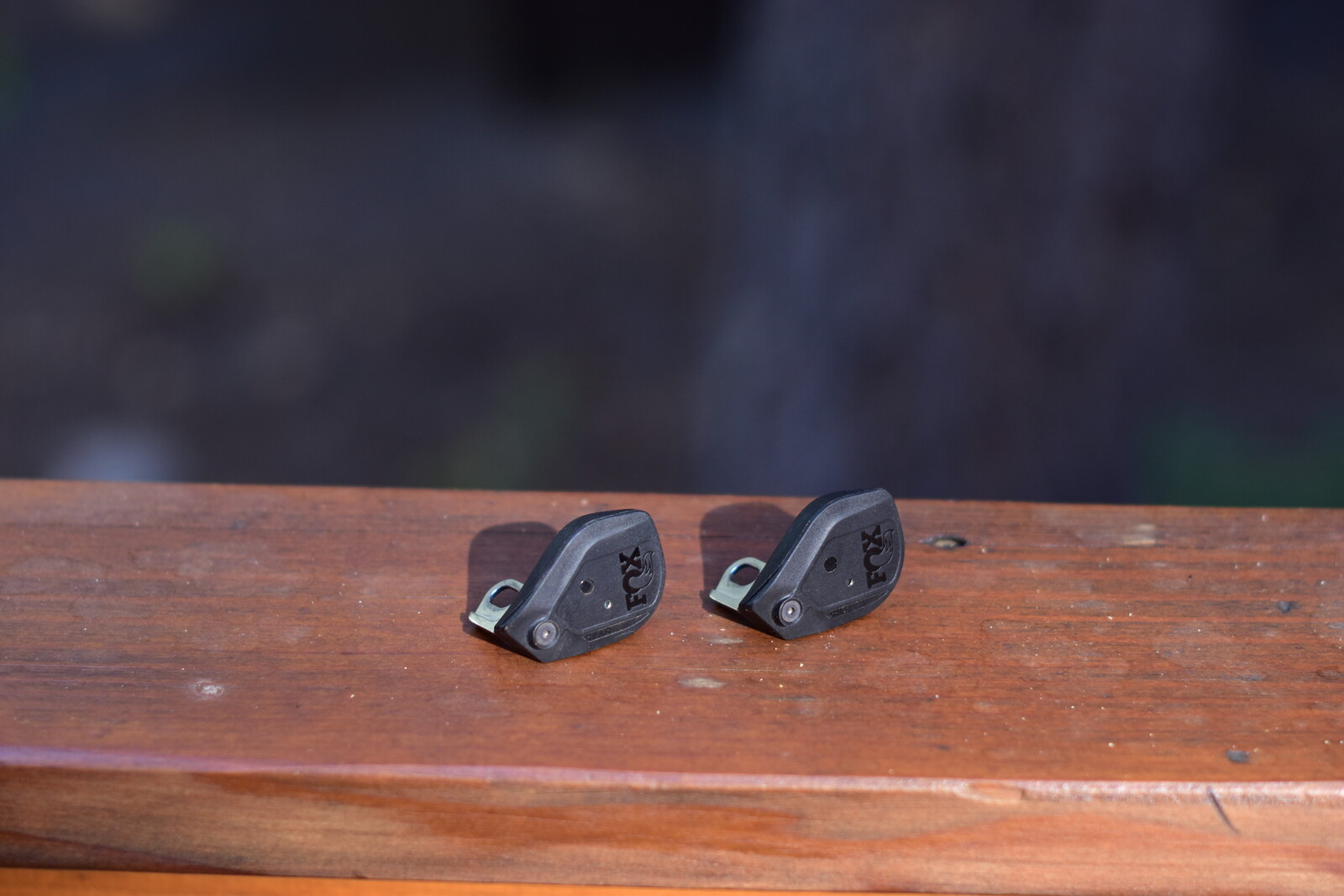
Why NEO?
The NEO system aims to create the fastest possible connection for wireless components and allows FOX to deliver nearly instantaneous damping control from Live Valve components. The proprietary protocol is said to work 20 times faster than Bluetooth, allowing the system to actuate in a mere 1/70th of a second and read terrain inputs up to 400 times per second. FOX has used this rapid communication between components to favor a "firm bias", meaning the shock will default to the firmest setting as often as possible to maximize efficiency from the system.
How it Works
What makes the NEO system special is the speed at which it communicates information. Capable of transmitting information from the sensors to the shock in a single millisecond, it'd be pretty easy for the system to be working overtime for no reason. Instead, the system aims to blend terrain types together by only sending information relevant to the selected tune for the given terrain type to avoid any unwanted damping effects or lag in communication. This is done with the adjustable thresholds for the front and rear sensors' input velocities required to open the system and the timers, which start after opening to avoid any overlap between damper modes and the terrain. To keep up with a nearly constant stream of data, the internals of the shock are cleverly designed to work just as quickly. A magnetic solenoid is used in the compression circuit to aid in selecting each mode as quickly as possible. Prioritizing efficiency out of the bike, the shock defaults to a closed or firm setting whenever possible by closing off the compression circuit to create a firmer platform as often as possible. The external threshold adjustment found on the shock can be used to create a more seamless or contrasting closed mode if more or less compression damping is desired.
Setup
Mounting the Live Valve system is as simple as installing a shock and tucking the sensors beneath each of the forward-position caliper bolts at the front and rear brakes. This also means the system can be used with any brand of suspension fork and the senors allow enough adjustment to fit around nearly any brake caliper. The shock uses the same FOX proprietary battery found on the NEO Transfer seat post and works as the brain of the system. Once mounted, the FOX Bike App is used for setup and calibration through a series of intuitive steps and allows for further personalization and monitoring of the system components. After calibrating the system, the sensors are able to dictate the pitch of the bike and input velocities at each wheel to read the trail while you ride. The brake-mounted sensors are labeled for front and rear positions, and the shock has clearly labeled external adjustments for spring preload, low-speed compression, low-speed rebound, and lockout threshold. The external adjustments allow 14 clicks of rebound, 10 clicks of low-speed compression adjustment, and 6 positions of firm mode adjustment.
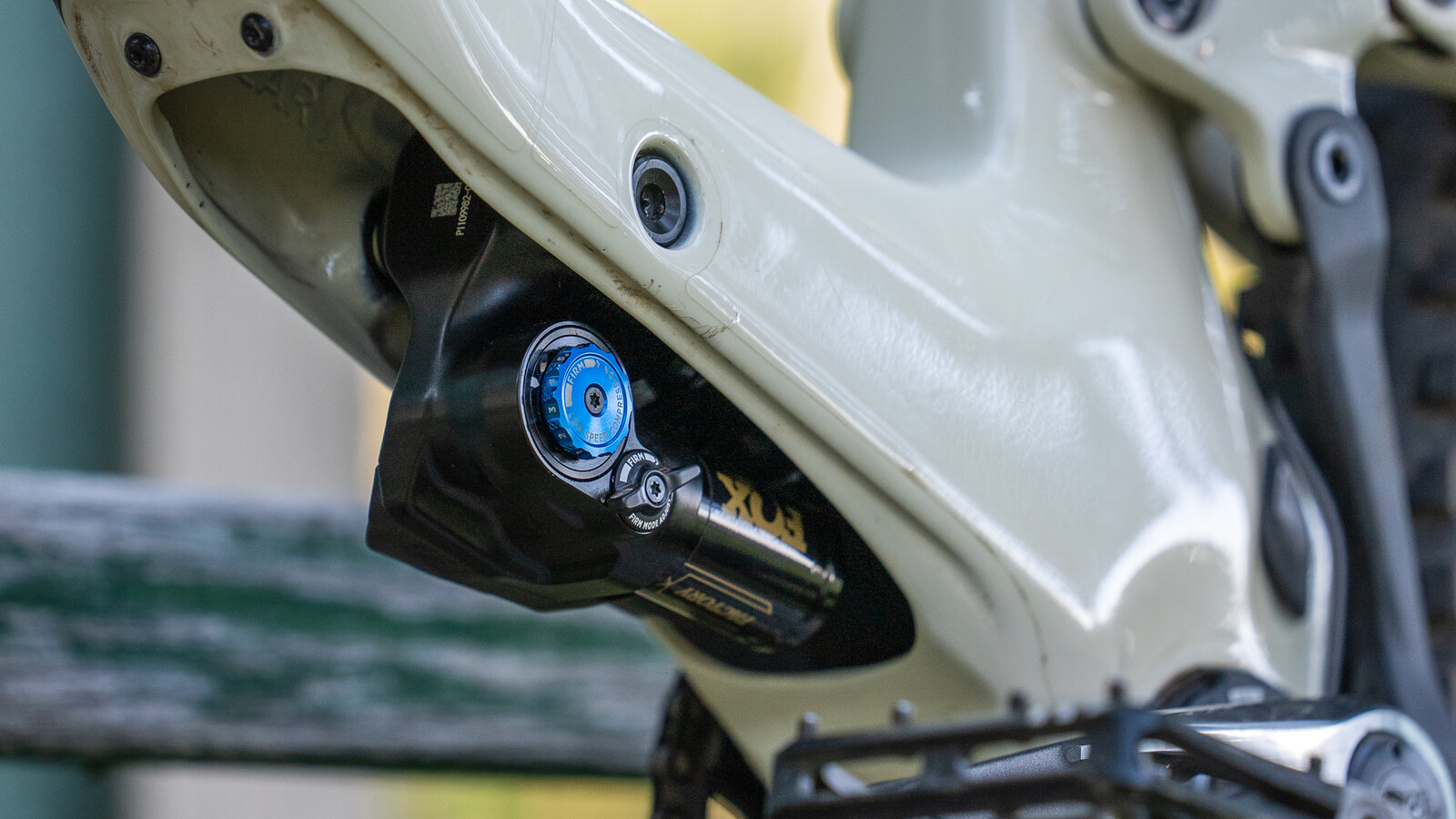
Initial Impressions
Having installed the previous generation of wired Live Valve systems more than a few times in the past, the install time for the new wireless system has dropped drastically. What once took around an hour to wire and mount now takes only around 5mins to fully setup. The components have a refined feeling, and while the head and piggyback of the shock are certainly larger than usual, they seem to be in the sleekest possible package for what they house. A few Torx head bolts hold the battery tray onto the side of the shock while a standard IFP looks to be in place next to it slightly offset from center. My Scott Ransom test bike required a larger lower door to clear the shock inside of the frame, but even in the most difficult of circumstances, there seems to be solutions in place. Setting up the system is easy, and the steps listed in the app ensure that each step is completed correctly before moving on. I opted to ride the shock in the stock tune configuration but did venture into a few of the downloadable tunes that FOX provides within the app.
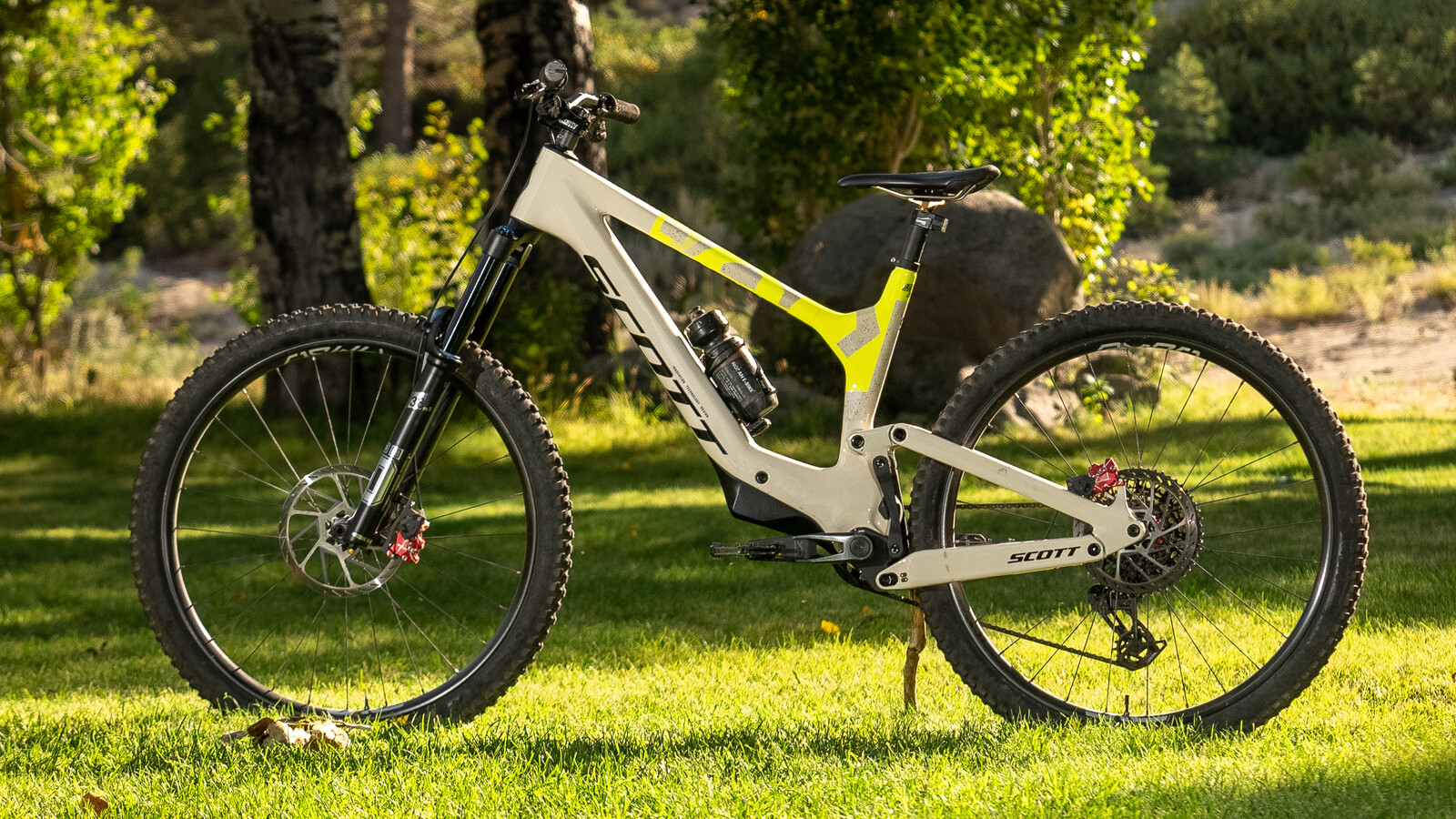
On Trail
My first few rides on the system weren't on a trail at all but rather around the Whistler village with an injured hand. While this told me nothing about how the shock handles different terrain types, it became clear how quick the system works. What stood out immediately was how the shock would open as my front wheel hit a curb, allow the rear wheel to absorb the square edge bump, and then catch my body weight immediately after the first rebound to prevent a secondary compression. Doing this a handful of times every day throughout Crankworx was fascinating with how seamless the system is capable of functioning, and I gained some insight into how it would work on an actual trail. Fast forward a couple of months and the experience has remained nearly as seamless with proper trail speeds on a regular basis.
Climbing
What seems like the most obvious benefit of the system to me is the pedaling efficiency that comes with a firmer suspension setup, and that has proven to be true in the time I've had the shock mounted to my bike. Unfortunately for me, I am not always hammering up climbs on my 170mm bike with the highest possible speed in mind. Still, I did appreciate the minimized pedal bob and felt a more upright posture on the bike from the shock sitting higher in its travel. Where I struggled was when the unanticipated feedback transmitted through the bike at lower speeds in instances where the required force to open the system wasn't being met, or the delay between the front wheel and rear wheel input would close the system before the rear wheel reached the bump. This happened primarily in instances when the speed was much lower from a steeper grade or on loose and rocky soil where input from the rear wheel was less consistent; more often than not, this just meant the system would remain locked. I personally prefer the bike to feel more consistent in all scenarios when climbing with just a small ramp in compression, if anything, for less contrast from being completely open; thankfully, the firm mode adjustment knob came in handy for backing off the threshold force and achieving more subtle compression damping.
On the flip side, I was lucky enough to ride the shock on an e-bike I'm conveniently testing and felt it was worth mentioning how great it made the climbing experience. Replacing the stock Float X2 with the Live Valve DHX yielded an increase in rear wheel traction as expected, but the speed of the Neo system is what shined through most. With how quick the system reacts, a full-powered e-bike at full speed couldn't even trip up the speed of the sensors and solenoid. The shock helped eliminate bouncing out of the seat when running into things by opening fully and allowed me to stay on the power by firming up the instant the bumps passed. This was only a tiny portion of my testing but it was one of the more eye-opening experiences in terms of how beneficial electronic suspension adjustment can be.
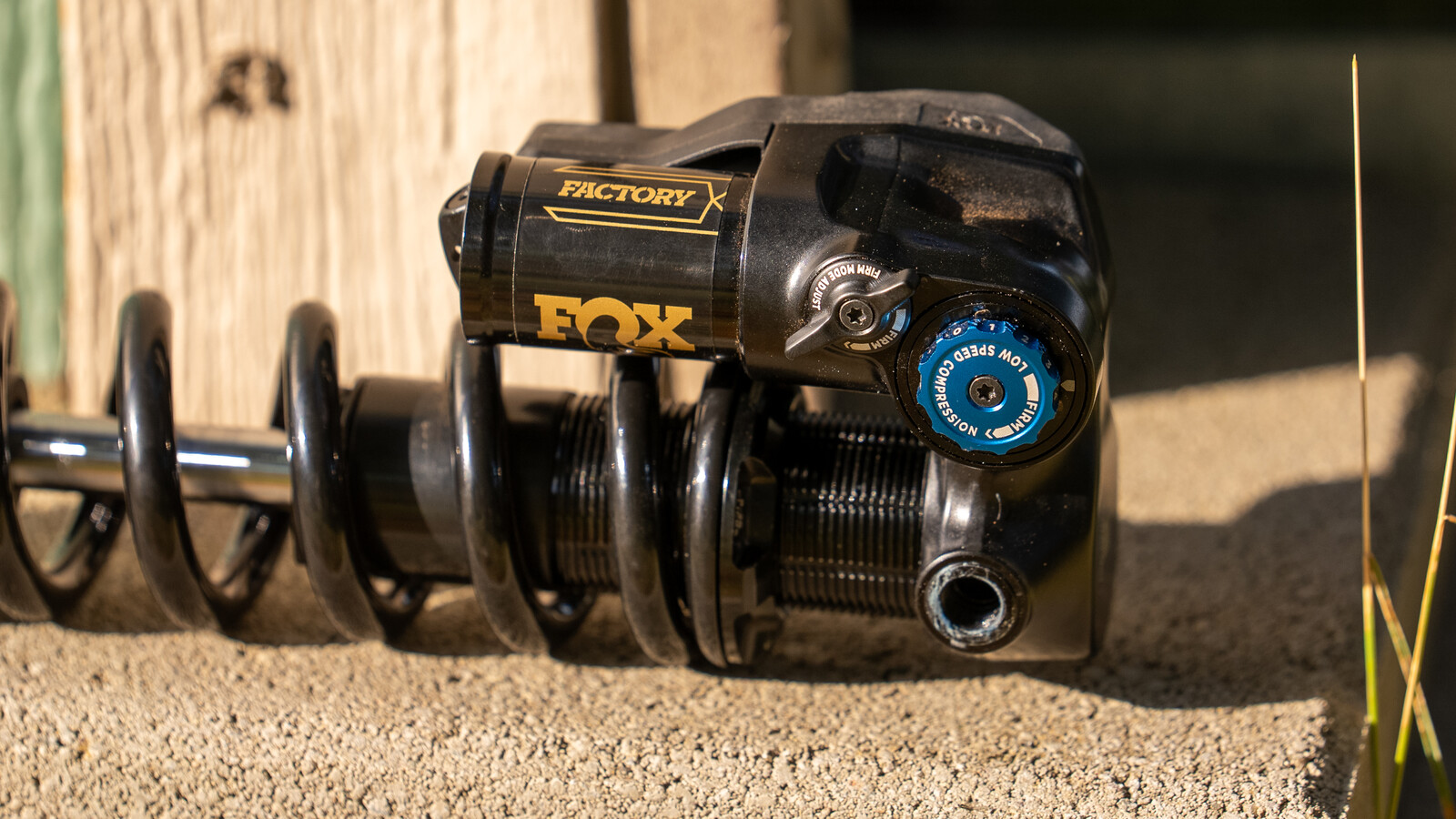
Descending
Pointing the bike downhill made the less anticipated benefits of the Live Valve system more apparent but did require a bit of searching to really pinpoint. Because the system works so seamlessly in how it adapts to terrain, I couldn't always tell what it was doing, but I knew it was working. Nothing really stood out through the roughest bits of the trail; it feels like a traditional DHX coil shock, fluttering through high-speed compressions with loads of traction while providing the selected level of low-speed compression damping effects. When transitioning from rough to smooth terrain, it took a moment to notice the shock firm up because it would settle into sag and stay there to keep the bike from bobbing through lower-angle undulations at lower frequencies, which, in theory, results in a more direct translation of rider input through the bike to the trail. In the inverse of that situation, going from smooth to rough terrain with high-frequency chatter, the switch between modes is less subtle. I noticed a popping sensation when the compression circuit switched from closed to open as the bike dropped into its travel. In a bikepark setting, I found the switch between modes to be even more obvious and in some cases a bit too rapid to switch from open back to closed before reopening which took some getting used to. High-speed berms with scattered braking bumps between dead smooth sections or off-camber sections felt a bit less settled if the system found its way back closed during those events. The system's benefits became most obvious in terrain with larger, lower frequency undulations and higher speed, where my bike seemed to drop 40mm of rear wheel travel to generate and hold speed much more efficiently with less effort. This was great for maintaining speed through flatter sections of trail, where it wasn't as great in similar situations on a steeper pitch as the locked shock created a forward weight bias and a lighter rear wheel.
Smooth to Rough- Instantaneous and seamless transition from firm to open.
Rough to Smooth- Have to pay attention to feel shock firm up.
Short Rough Sections- The system can sometimes hold in firm mode with a slight delay between chatter inputs.
Smooth with Larger Undulations- The system provides an excellent platform to push into and creates the sensation of faster rolling speed, but it could be more related to feedback from the trail.
App Tunability
After getting acquainted with the system in the stock configuration, I dove into the app to see what kind of adjustments could be made there, and what I found was rather impressive. The main menu provides bike profiles, which allow users to organize their collection of NEO components should they have multiple bikes with the system mounted. Within the tabs for each component, users can see the number of cycles on a dropper post, and each shock displays a built-in hour meter, accompanied by a selection of handy tabs to request service for each component. These are all well-thought-out conveniences for a user interface, but what impressed me most were the built-in forms of tuning capability.
Mode Tuning
Within the Tuning tab, each of the three ride modes for the shock is displayed in the stock configuration (Open, Standard, and Firm), which indicates how open or closed the damping circuit will be on the trail. The three dots at the right of each mode reveal a secondary menu that allows these modes to be tuned individually, shared with others, or renamed. Going into the Tune menu enables users to change bump sensitivity for each ride mode to dictate how easily the system will switch to open or the most open desired mode. The slider bar in the tuning menu allows for sensitivity adjustment and displays the change in force required to trigger the sensors at the front and rear wheel on flat terrain, while climbing, and while descending.
To help users have a more intuitive experience, FOX has two available tunes to download and apply to the existing system. The "Traction" tune developed around the trails near FOX's Arizona office with a more open bias, lowering the force needed at the rear wheel to open the system when climbing to help create the most traction possible, as the name would suggest. The second is the "North Shore" tune, appropriately named after the trails surrounding Vancouver where it was developed, is a slightly firmer mode that decouples the front sensor from the equation when the bike is pointed uphill to keep the rear from sagging when powering up ledges or over roots; the shock will only open after the rear sensor detects enough force to do so.
Custom Tunes
With all of these parameters in place, FOX allows riders to tap into each component of the tuning software to generate custom tunes and personalize the system with their desired traits. This is where things can be overwhelming, but it also displays an appropriate level of tunability for a premier-level product with a hefty price tag attached to it. A custom tune can be developed to trigger when the bike is at a desired pitch down to the tenth of a degree (-1° to +8°), sensors can work together or as a decoupled system (simultaneous or rear only), bump sensitivity can be selected a tenth of a G at a time (1.3G to 16G), and the open timers can be adjusted by 50 milliseconds at a time (300ms to 4000ms). Without a doubt, the puzzler's dream.
Impressions After Tuning
Discovering what could be done within the app, it was time to try a good old-fashioned bracketing exercise with G force and milliseconds rather than compression and rebound. I think data acquisition would be a great way to streamline this process as I need more understanding of what the actual input velocities at the front and rear wheels translate to in terms of G's, but this served as a great introduction to learn from. I decided to make a tune with a more open bias and used the slider to adjust from one end of the spectrum to the other. This primarily reinforced that I prefer a mostly open rear shock, but it also taught me why a tune like mine doesn't exist within the app; the shock was basically always open. I ultimately landed on Open, Traction, and Plush settings and would adjust the sensitivity slider accordingly.
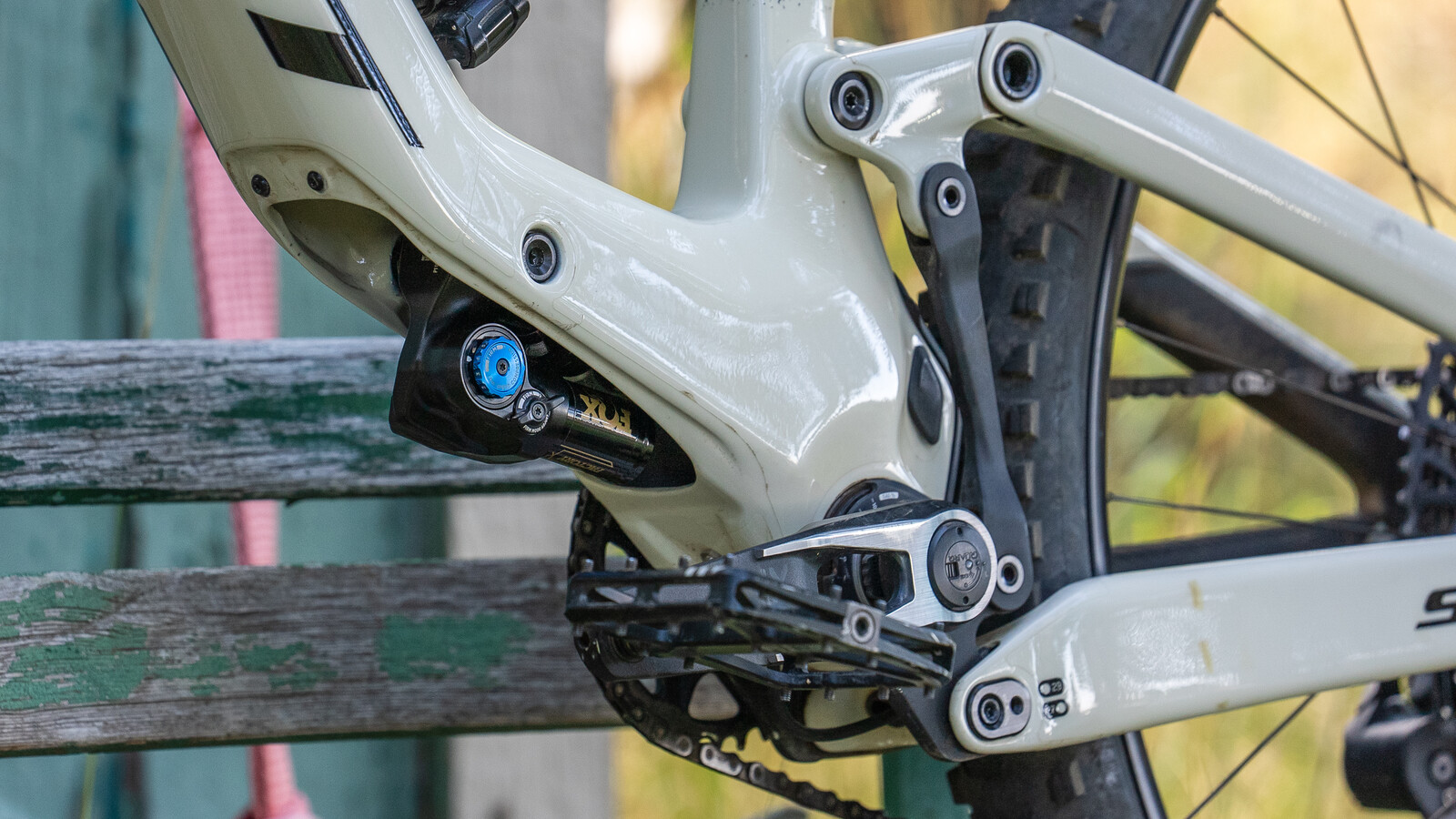
Whats the Bottom Line?
What FOX has done with their Neo communications is impressive in itself, and the new generation of Live Valve components is an extension of that. The speed at which the shock flips between modes is crazy and allows it to seamlessly blend sections of trail into opportunities for carrying and generating momentum. The speed at which the Live mode works shined through most at higher speeds, especially when mounted to an eMTB, but I think adding the bar-mounted remote to manually flip through modes would likely be the most beneficial version of the system on my daily driver. Almost more impressive than the speed of the system is the level of adjustment built into the app's user interface paired with mechanical adjustments to blend the desired attributes from the software with valving. While I landed in a happier place on the more open side of things, the ability to change the overall behavior of my bike a full 180° on-trail or on my phone is pretty damn cool, FOX has brought adaptability to a new level.
Please visit ridefox.com to learn more about Neo and the Neo product lineup.
View key specs, compare shocks, and rate the latest Live Valve Neo offerings from FOX in the Vital MTB Product Guide.
About The Tester
Jonathon Simonetti - Age: 30 // Years Riding MTB: 21 // Height: 6’4” (1.93m) // Weight: 230-pounds (97.5kg)
Jonny started mountain biking in 2003 after a trip to Northstar showed him how much more could be ridden on 26” wheels than on a BMX bike. He began racing downhill in 2004 and raced for 12 years until ultimately deciding having fun on a bike was more important than race results. After working as a mechanic in the industry for a few years and developing a deeper understanding of bikes inside and out, he has an aptitude for pairing his riding ability with the analysis of bikes and breaking down what makes them work well. He spends most of his time between trail rides and skatepark sessions, with occasional days on the downhill bike.


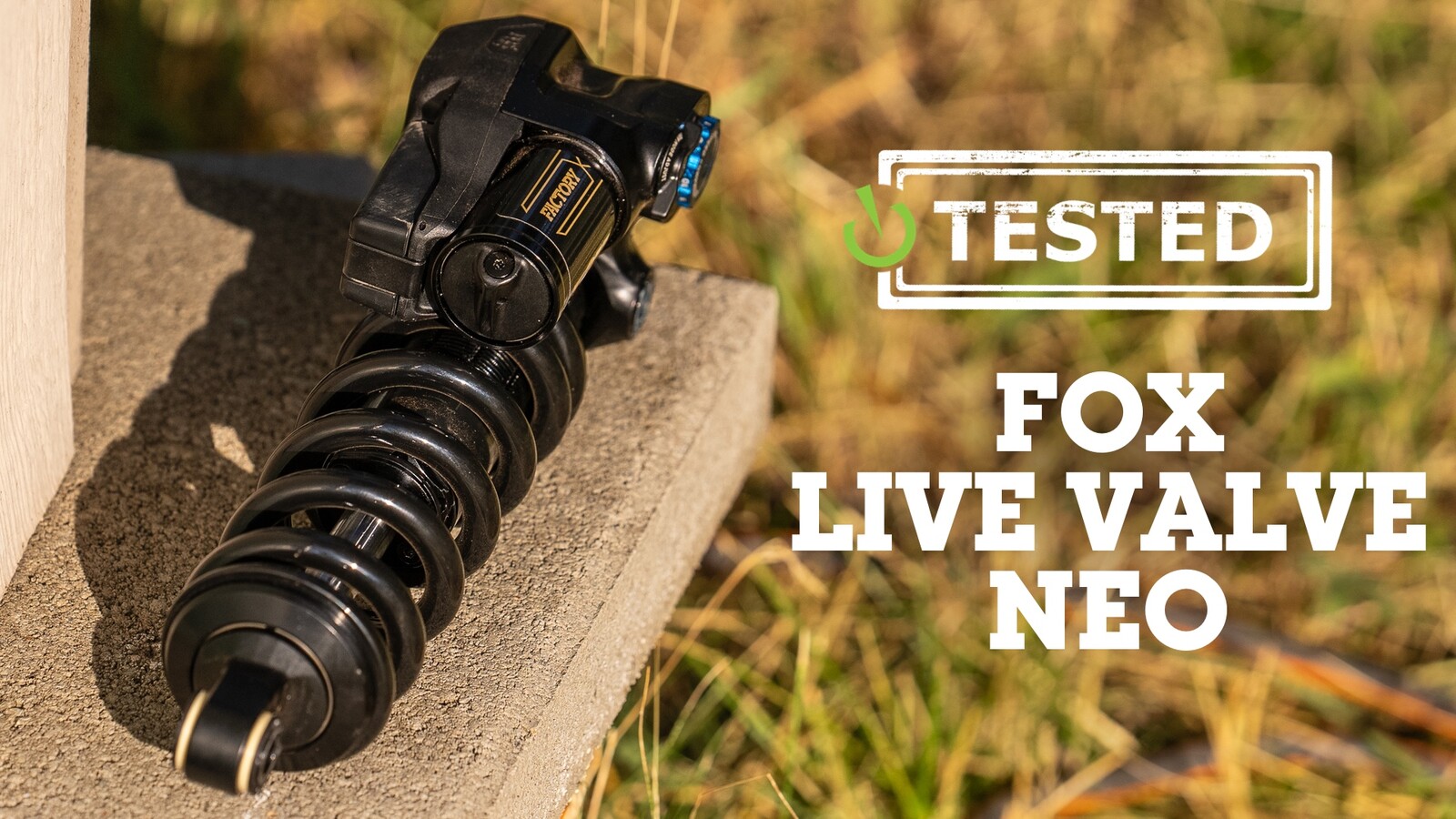
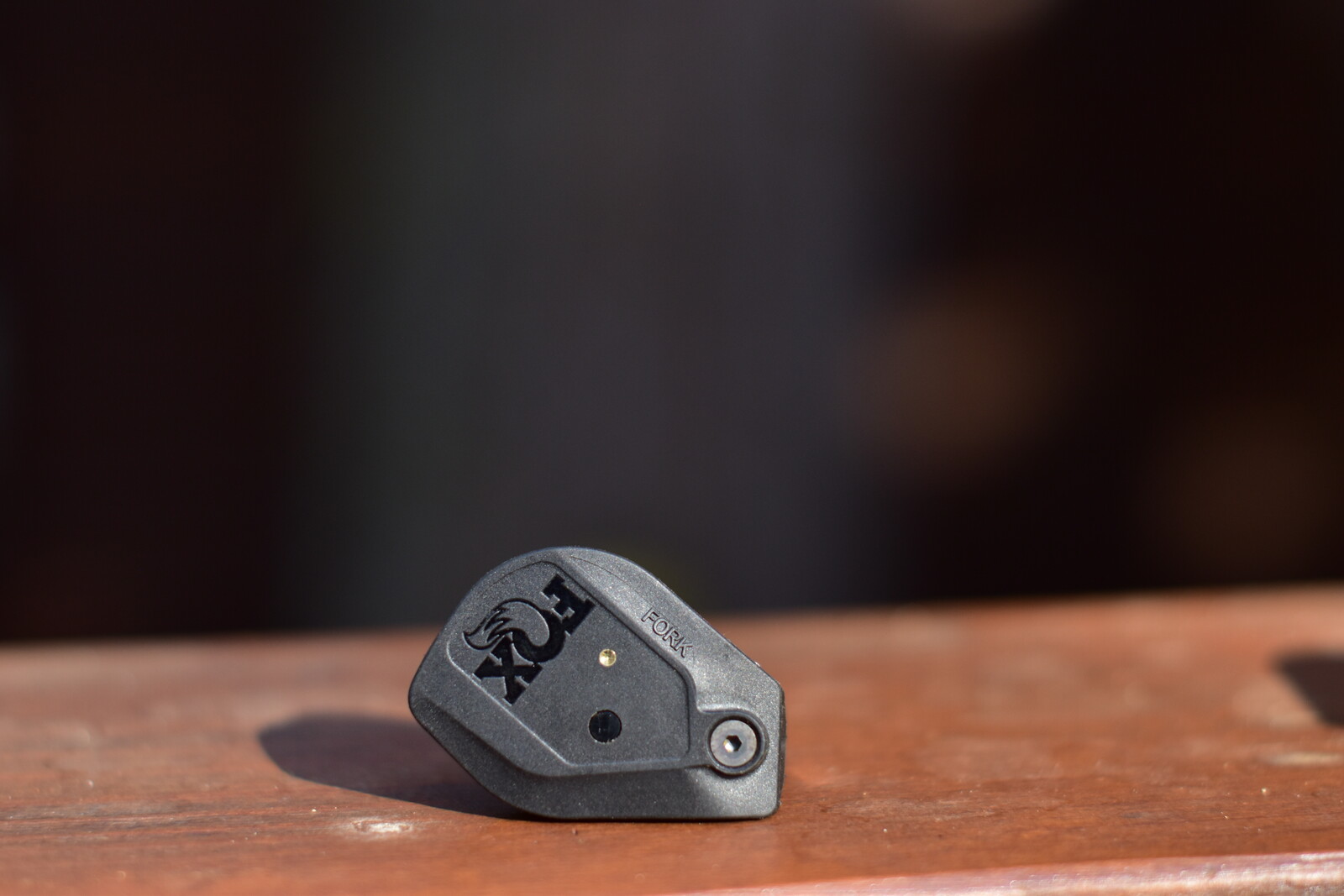
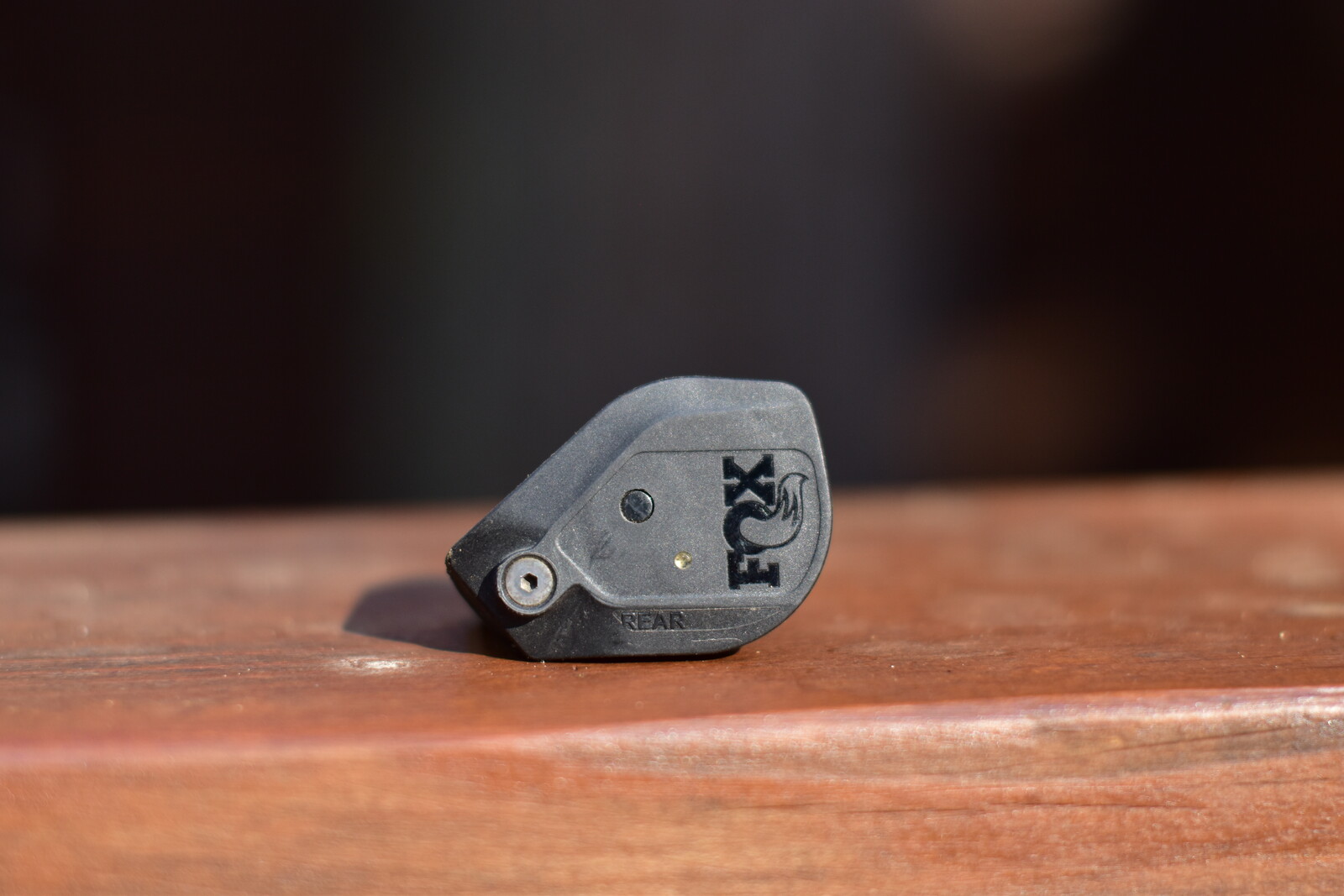


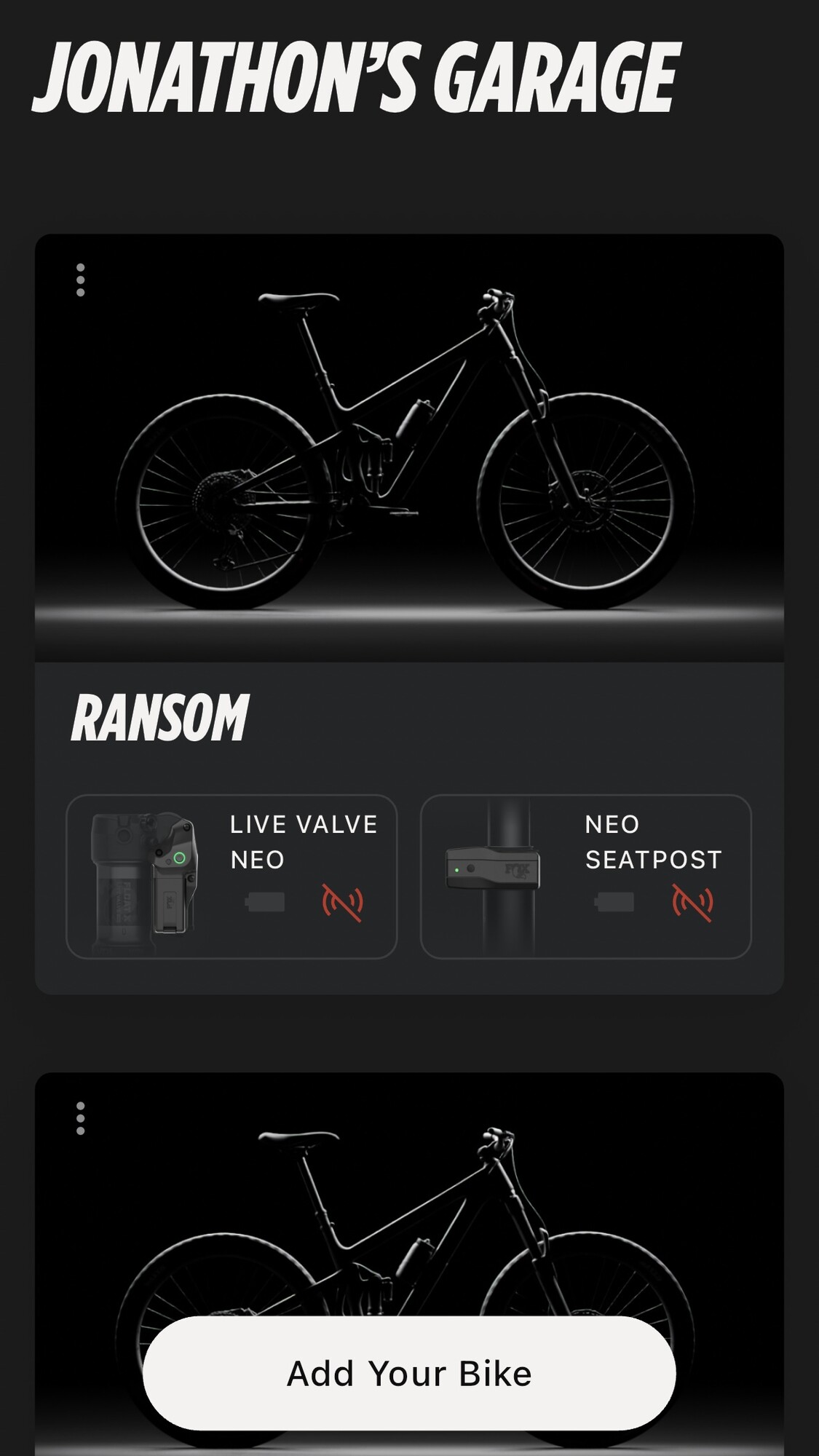
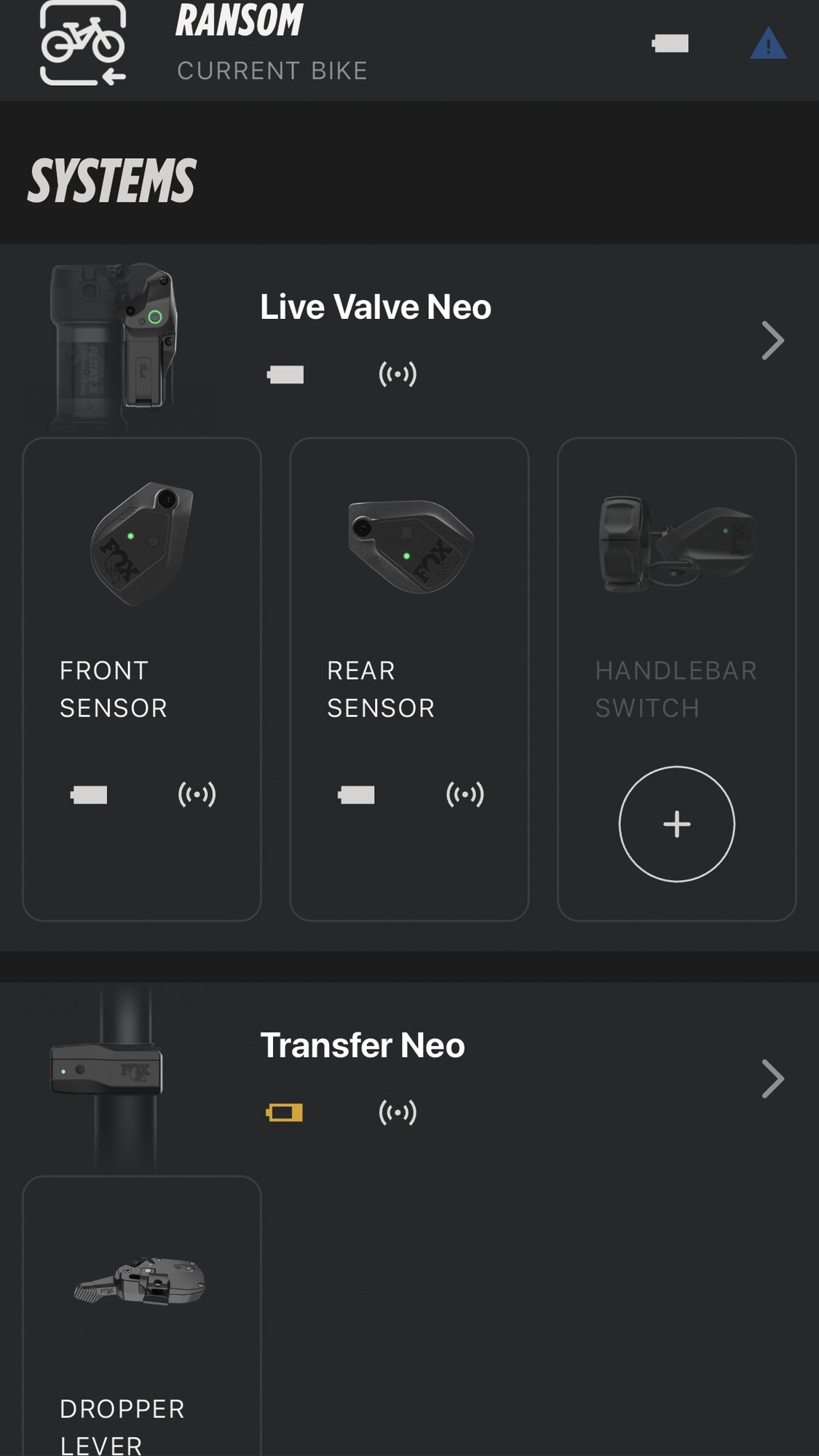
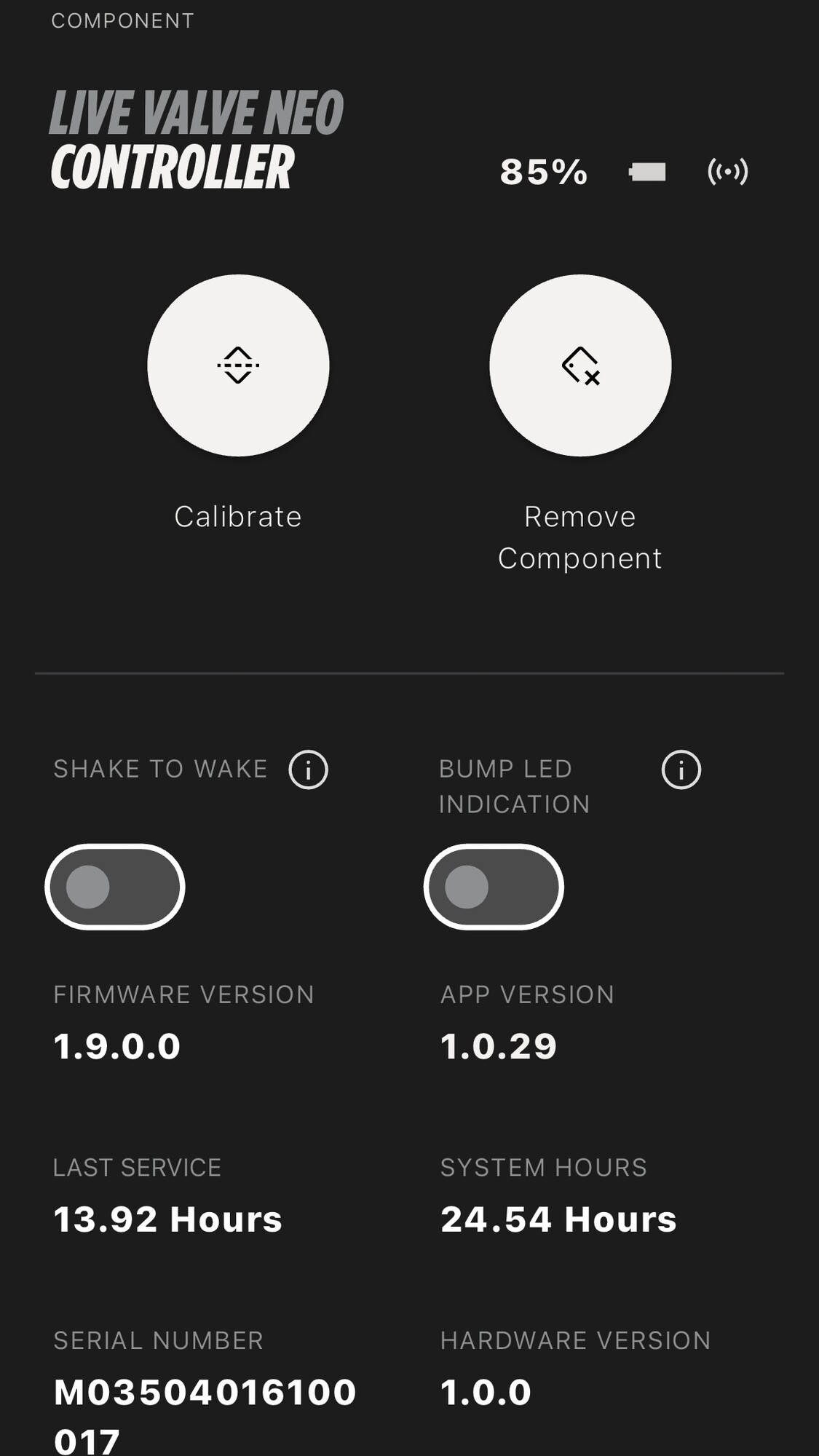
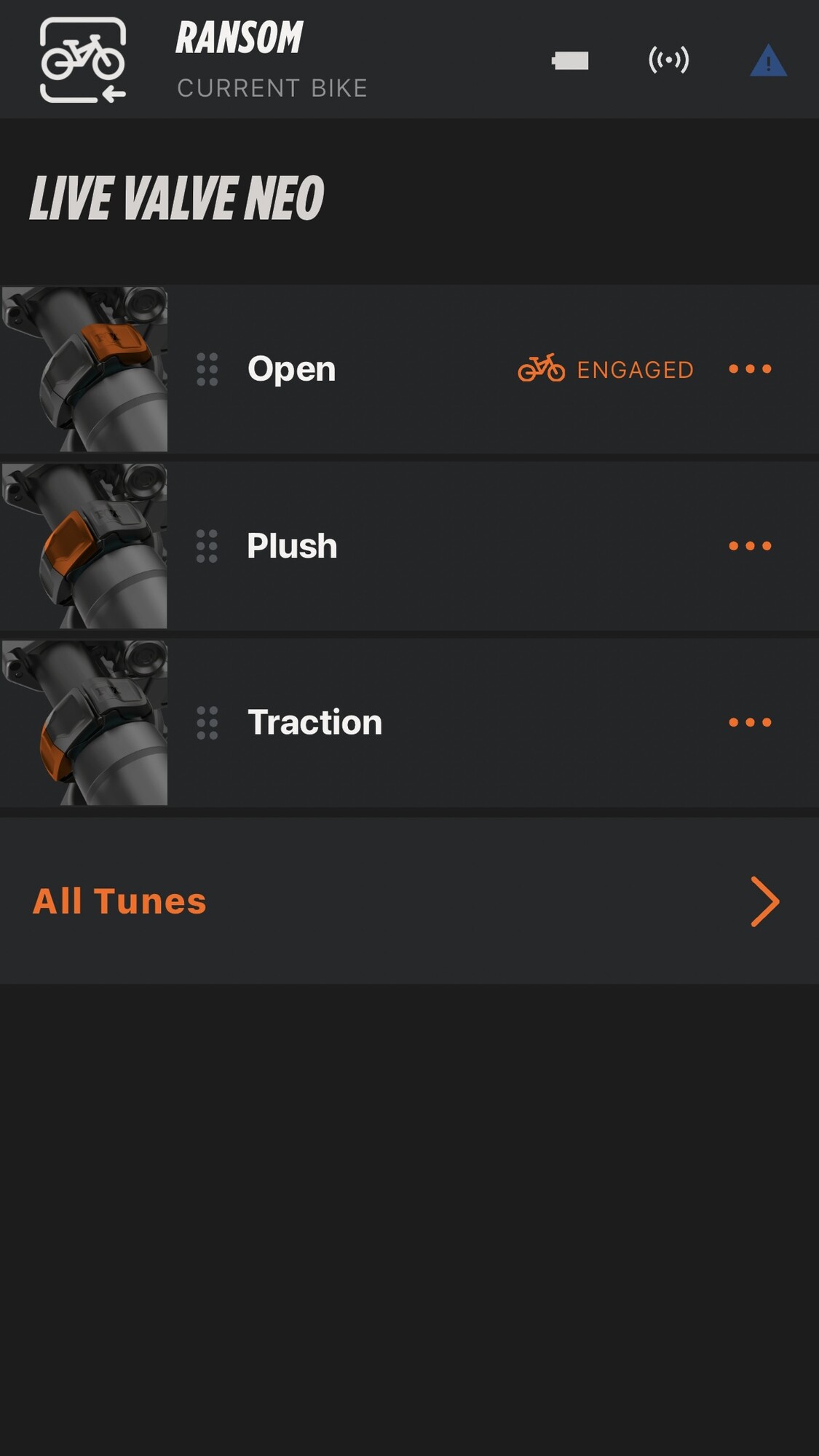

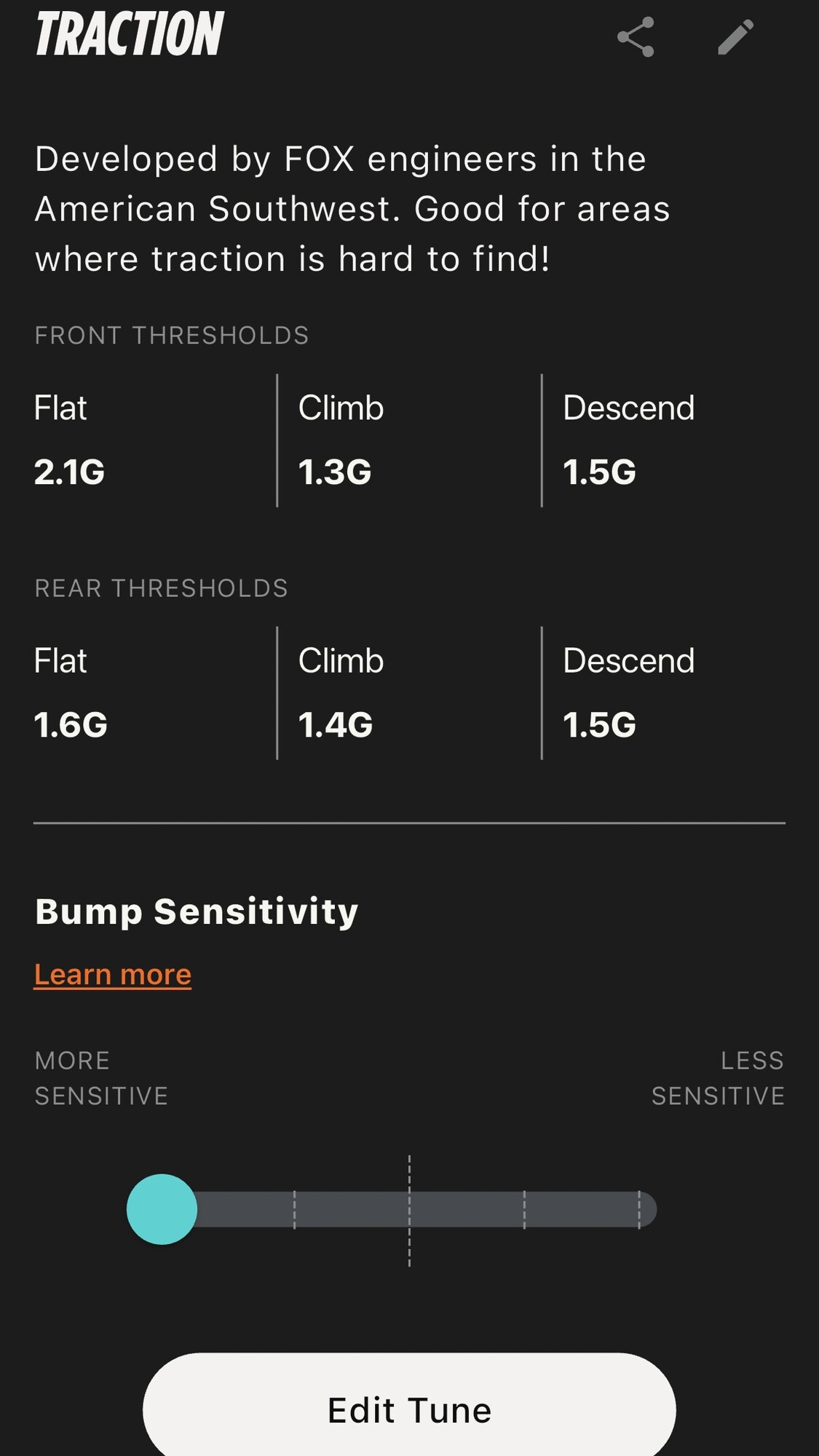
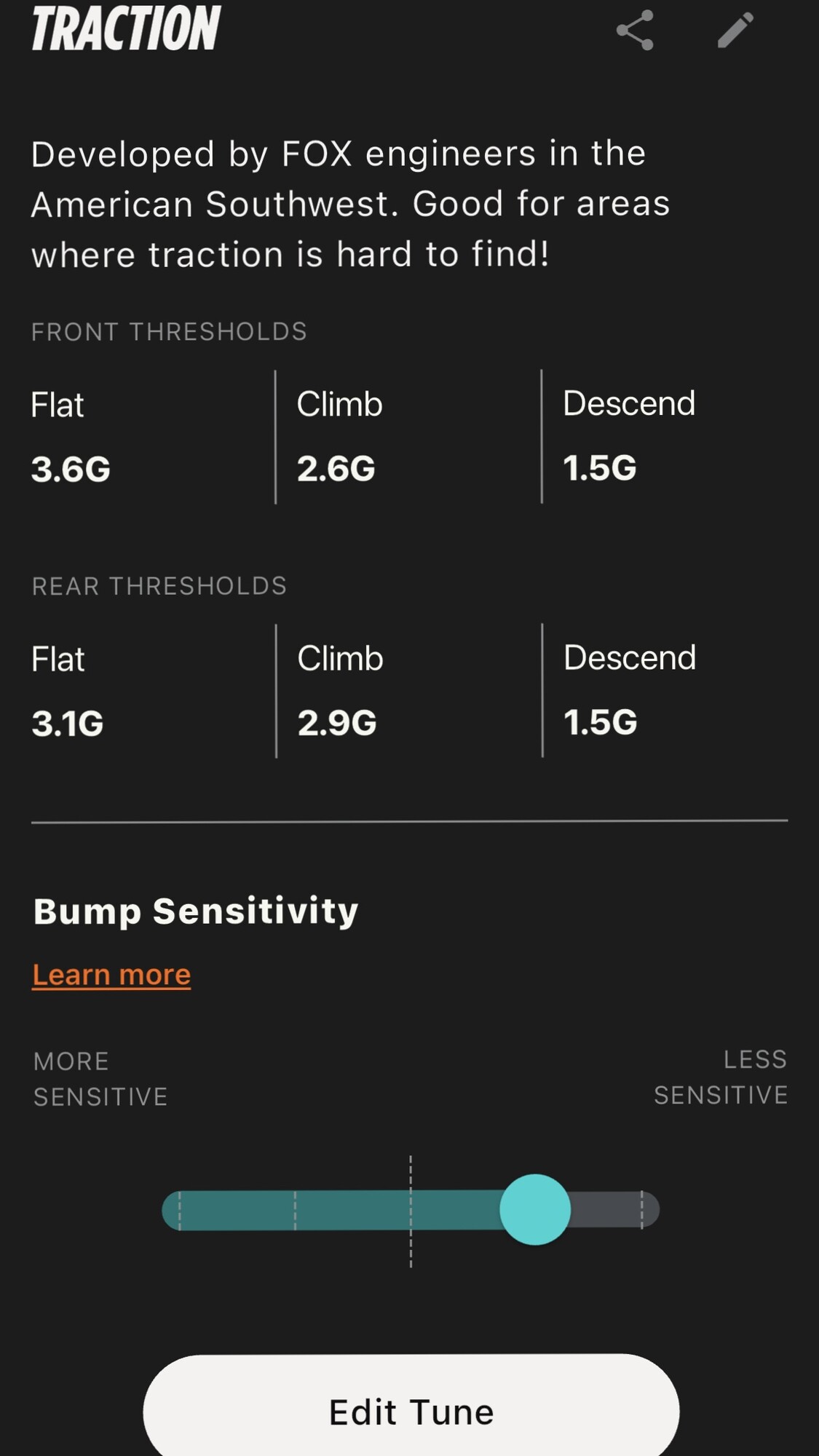
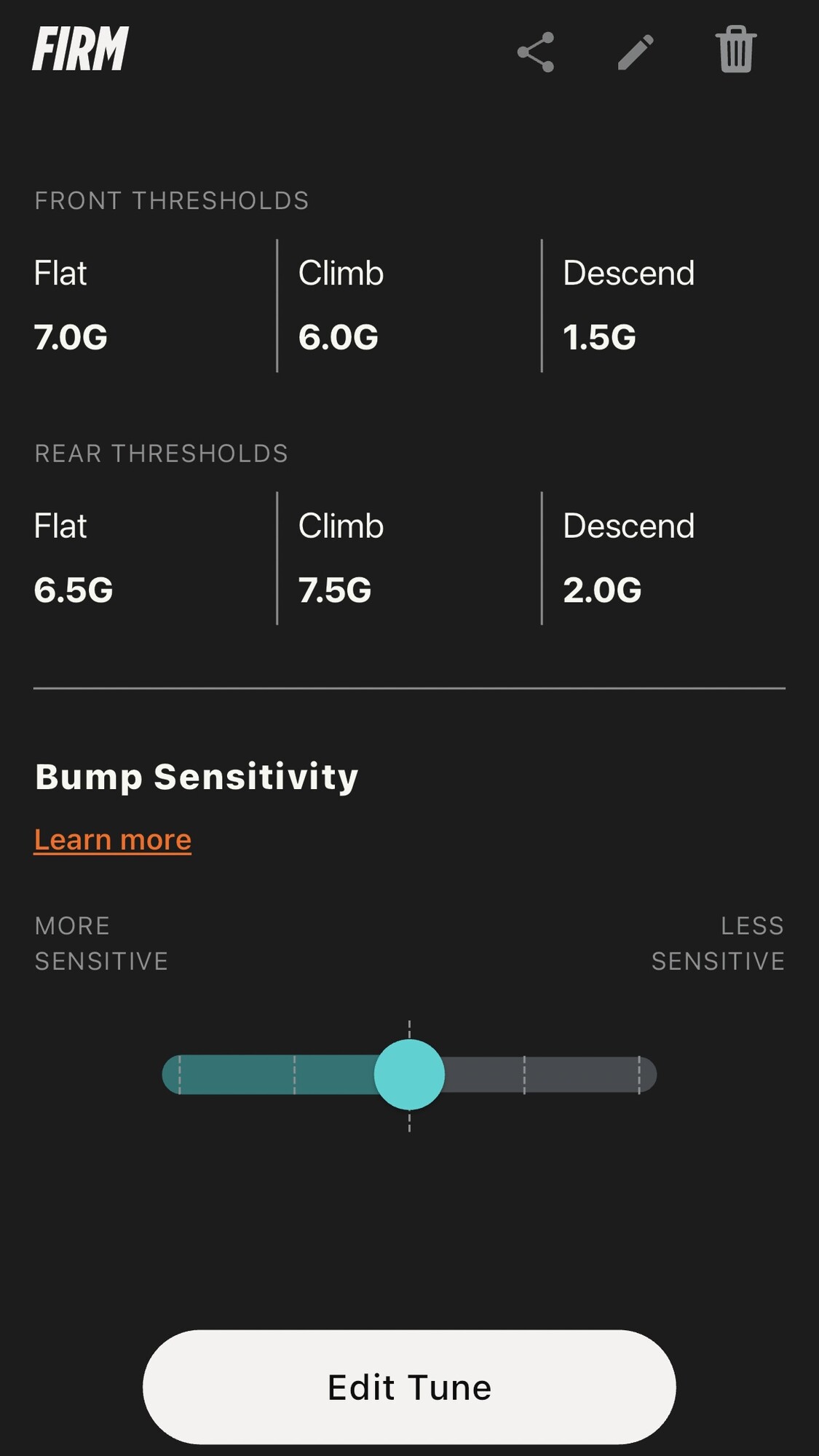
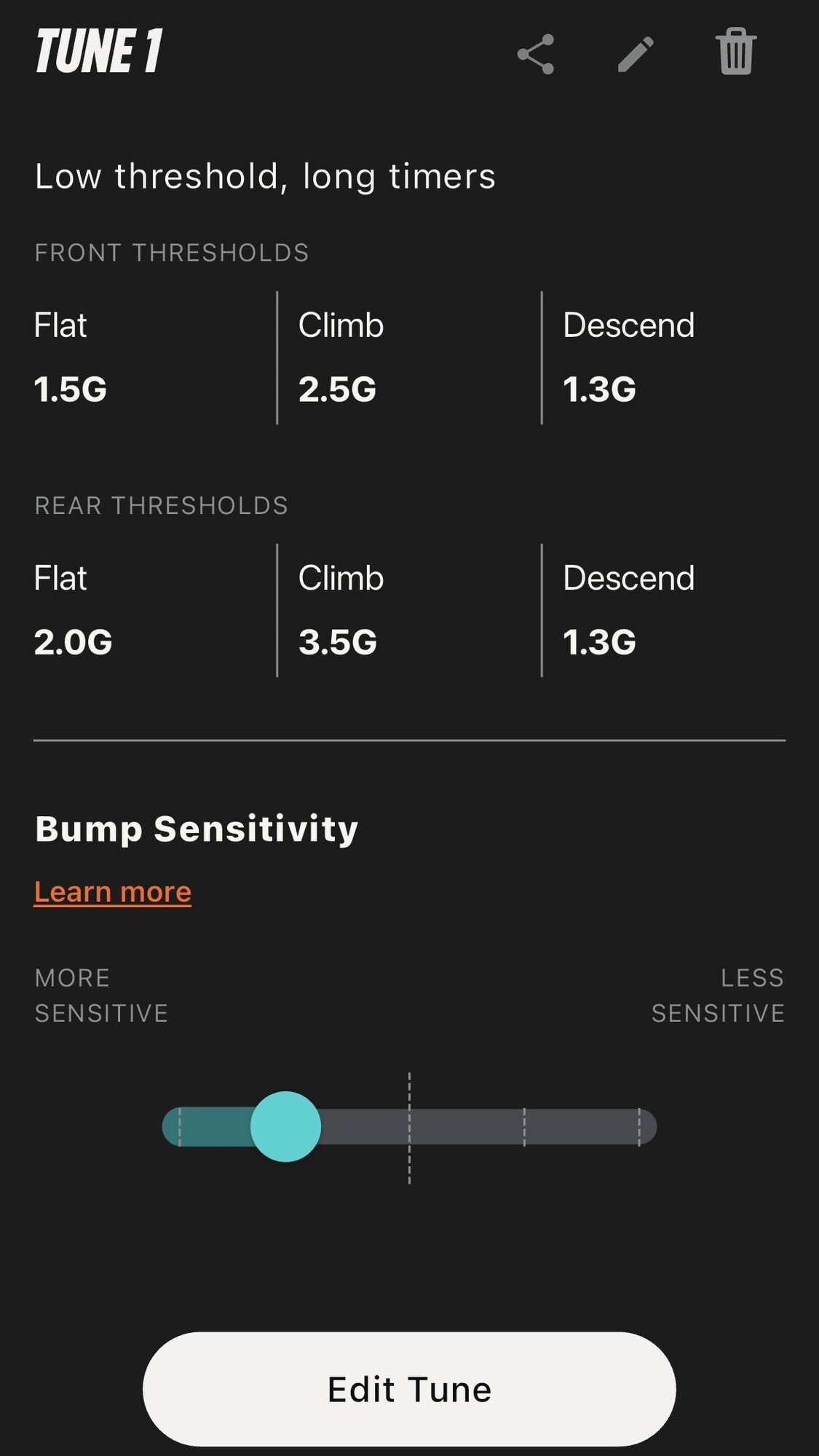




View replies to: Tested: FOX Live Valve NEO Suspension
Comments